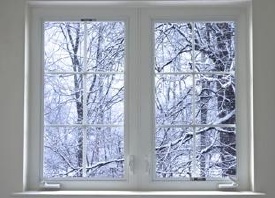Oct 28 2008
As energy costs continue to soar, consumers face the challenge of keeping warm during harsh winter seasons while trying to save money. Silicones are helping keep homeowners comfortable by sealing gaps through which warm air can seep out.

“Energy efficient homes are not only good for the environment, they’re also cost effective,” said Lori Enszer, Americas Market Manager, Dow Corning Corporation. “Using silicone sealants to eliminate air leaks is a simple improvement that can pay off in increased comfort and lower utility bills.”
According to statistics published by the U.S. Environmental Protection Agency, energy costs are the second highest expense for homeowners after mortgage payments. The average American family spends $1,900 each year on energy. Using silicones to seal air leaks will increases your home’s durability, promote a healthy indoor environment free of pollutants, and help you save as much as 10 percent on your next energy bill.
Air leaks often occur around windows and doors and are also common in attics and basements. Vulnerable places include areas where attic walls meet the floors, and in basements where concrete or brick meet wood. You can check your own home for air leaks by making sure there are no cracks or air leaks around the following areas in your home:
- Air conditioners
- Attic entrance
- Bricks and siding
- Electrical outlets and switches
- Mail chutes
Recessed lighting
- Vents and fans
- Window and door frames
Of the three most common sealants (silicone, butyl and latex), silicone is the most effective and least susceptible to shrinkage, making it the ideal choice for sealing a variety of surfaces including metal, glass and tile.
Silicone sealants are available at hardware stores and come in easy-to-use squeeze tubes, pressurized cans or cartridges that are applied with dispensing guns.